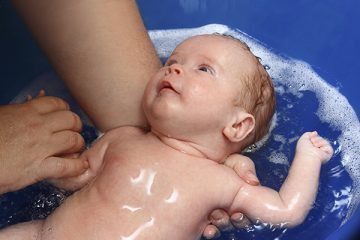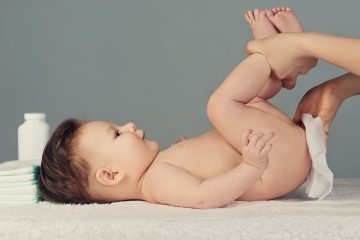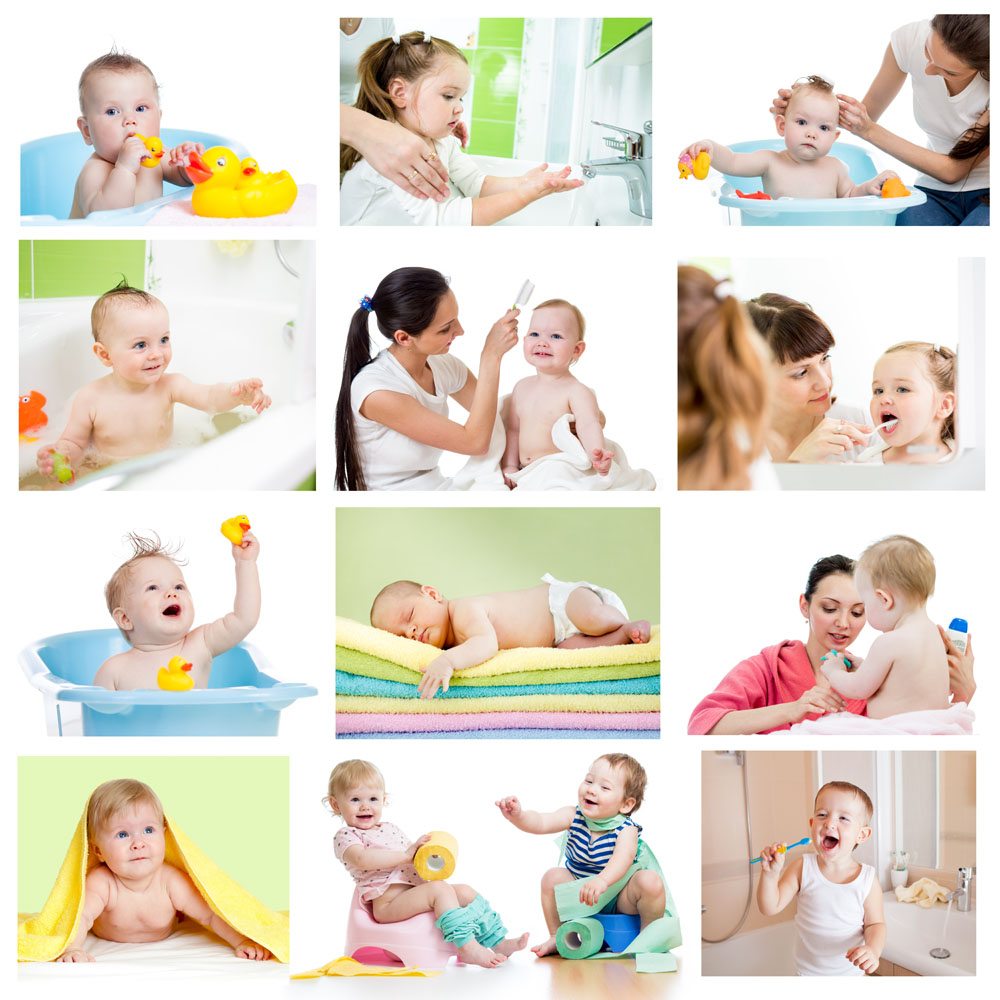Teaching Personal Hygiene – A Simple Guide for New Parents
In the last few sections, we have talked about potty training, which is an essential hygienic process for your little one. However, this is not the only cleanliness training that you and your child will be doing.
The importance of personal hygiene
One of the first things that you have to teach your child when teaching your toddler about personal cleanliness is the importance of it. Here, one reason you can emphasize to your young one is that keeping clean will help him stay away from diseases. While you won’t be able to go on the specifics like bacteria and viruses (as he would not understand it), you can be a bit playful and come up with a simpler explanation.
The social implication of personal hygiene is the another common reason you can use to convince your toddler to try this one. Here, the idea is that he would want to be clean and presentable in front of other people. This is especially the case when he is starting to consciously make friends with other kids his age. Don’t overdo this one, though, as it can affect how he socialize with other people.
Newborn and infant hygiene
One thing that many experienced parents will tell you is that caring for an infant’s personal hygiene can be a hard task as they require a lot more attention than older children. However, once you slowly get the hang of it, as well as get into a routine, the work would soon become easier.
When caring for your infant, the following are the areas where you would want to focus a lot:
1. Washing and bathing
 One thing many new parents might find surprising is that you don’t actually need to bathe your baby every day. In most cases, bathing can be done every other day. You also don’t need to go all out in the bathing paraphernalia like soaps, shampoos, moisturizers, and powders in the first few months, as he will not need it. Instead, plain water and a soft washcloth would be enough to keep his sensitive skin clean.
One thing many new parents might find surprising is that you don’t actually need to bathe your baby every day. In most cases, bathing can be done every other day. You also don’t need to go all out in the bathing paraphernalia like soaps, shampoos, moisturizers, and powders in the first few months, as he will not need it. Instead, plain water and a soft washcloth would be enough to keep his sensitive skin clean.
Special attention should also be given to ensure that his skin will remain dry at all times. Again, as his skin is very sensitive, excessive moisture can lead to discomfort and rashes. Particular areas you want to focus on are the underarms, under the neck, and under the fingers and toes.
2. Diaper change

Frequent diaper change is going to be part and parcel of you and your baby’s cleanliness routine. It is important that you change his nappies as soon as necessary to avoid sore skin and a foul smell around the areas where the diaper touches the skin.
When changing your little one’s nappies, be sure that you already have all the things you laid out. In the case of newborns, a bowl of water and some cotton wool would do good for his sensitive skin. Here, you also want to apply a front to back motion when wiping the little one’s genital area, especially for girls, so as not to contaminate the urethra and bladder with feces.

Teaching your little one
As your young one starts to learn more about keeping his body clean, you can start training him. Here are some of the areas where you can begin teaching him.
1. Bathing
When teaching him the basics for taking a bath, it would be helpful for you to narrate each step that you are doing. For instance, you can tell him that you are putting some soap onto his tummy and scrubbing it. From there, see if he copies your actions. Letting him perform these actions on his own will then help a lot in honing his motor skills.
2. Hand washing
Properly washing his hands is another basic personal hygiene technique you want to teach your child as early as possible. Here, you need to teach him the appropriate times when he needs to wash his hands, such as before eating, after playing outside, or after using the potty. You can post a chart near the sink for him to recall better.
3. Brushing his teeth
Usually, your tot would be interested in learning how to brush his teeth after seeing you do it. So, when he starts reaching out for a toothbrush, let him have it and try on his own. From there, you can guide him through the proper motions. Afterward, teach him how to rinse his mouth thoroughly.

Leave a Reply